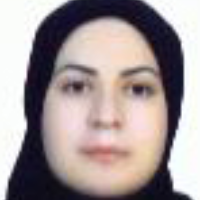Analysis and evaluation of the effect of tourism industry on socio-economic development of Kermanshah
This study has been carried out with the aim of analyzing and evaluating the effect of tourism industry on socio-economic development of Kermanshah. The present study has been done using content analysis[1] method. In this study, first the data are defined, then the initial codes are generated. The main categories of the present study include terrorism industry, employment development, income increase, tourism infrastructure development, social cohesion development, social identity development, social communication development, each of which included several sub-categories. The measurement model of this study had 4 observed variables and 2 latent variables. The value of GOF for the proposed model is equal to 0.808. PLS Smart has been used to analyze the information obtained from the research. The results of the research estimates have confirmed all the research hypotheses. The results also show that: investment plays a key role in the development of tourism, domestic weakness and external threats in this region is necessary and needs to be reviewed and appropriate policies to address weaknesses and threats using strengths and opportunities, and urban management is considered as one of the influential factors in the development and improvement of sustainable tourism.
-
Interventions of the central bank on the sustainability of government debts in the framework of the inflation targeting model in recession and boom regimes
Ali Nasiri, Hamid Asaish*, Mohsen Mehrara, Meytham Mousaaei
Islamic Economics & Banking, -
Political, social, cultural and economic infrastructures affecting the satisfaction of Sabzevar city tourists
Mehri Delghandi, Habibollah Karimian *, Nir Pirahari
Journal of Contemporary Socio-Political Developments in Iran, -
Typology of Political Tendencies and Social Factors Affecting Them (Case Study of Pakdasht City Citizens)
Ali Keneshloo, *, Hoshang Zahiri
Journal of Social-Political Studies of Iran's Culture and History,



